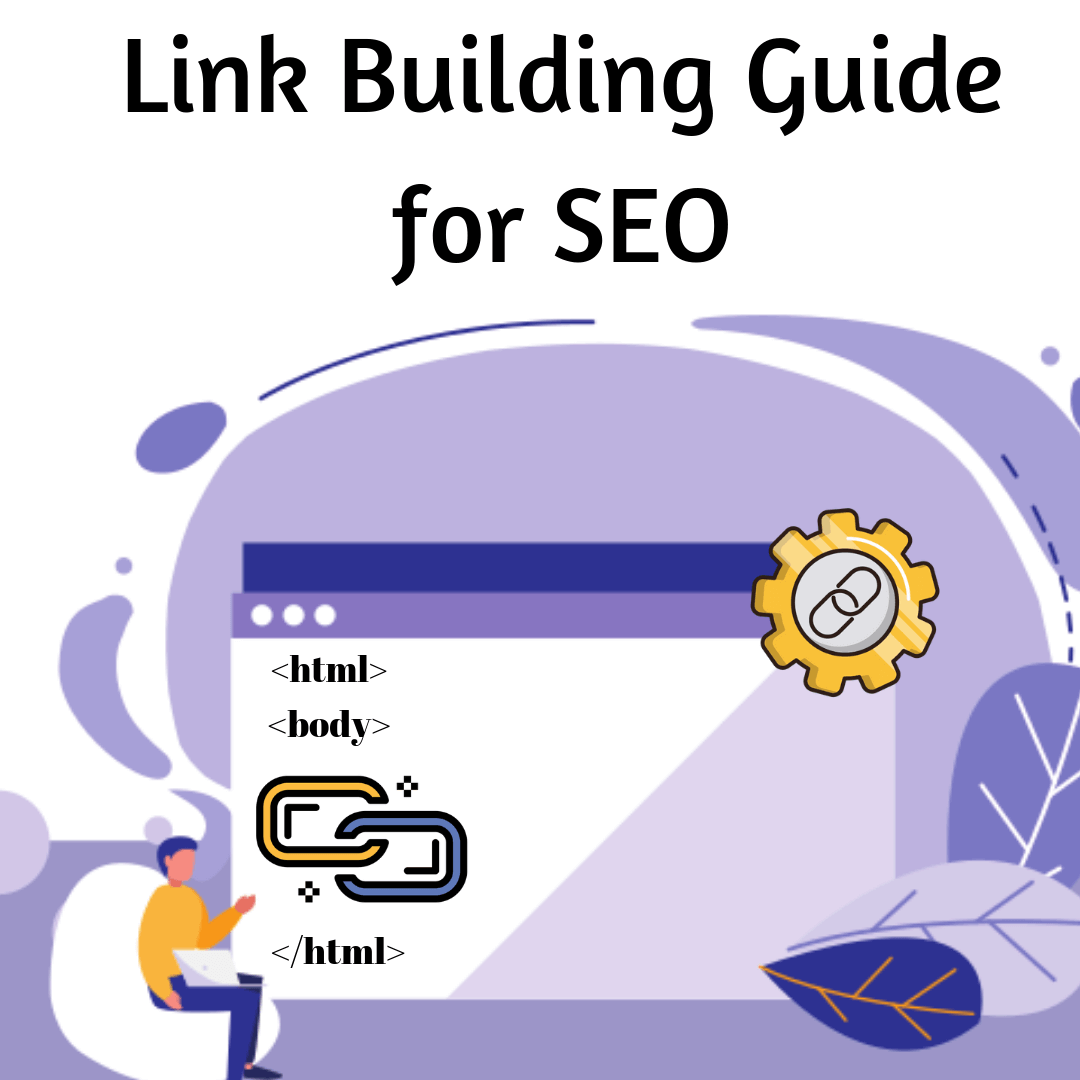
Link Building Guide for SEO
What is link building?
Links are votes of trust, and link building is a signal to Google that your site is a quality source worthy of citation.
For example: If you visit an unknown place and ask for a good coffee shop and 4 people point towards one cafe, your votes of trust will lead you to that coffee bar. Google works in the same way. The more the number of sites linking to yours, the more likely Google is to showcase your site higher in the search results. Of course, it also matters what kind of sites are linking in to you. Are they reliable? We’ll explore all this in more detail below.
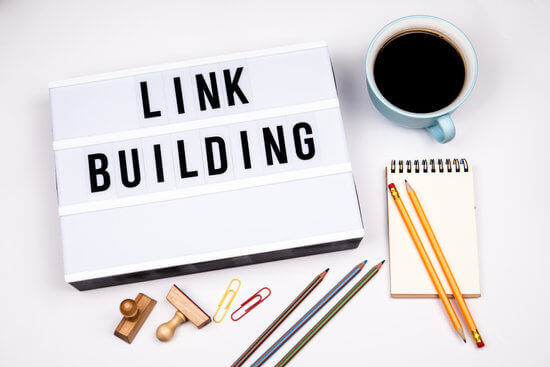
How do links help in ranking?
Let us understand this with an example
Student activity time: There are 5 girls in the class of 100 students who are nominated to become the captains of 5 houses. The ranking of the houses are as follows:
| Captains | Rank |
| Blue house | 1 |
| Red house | 2 |
| Green house | 3 |
| Pink house | 4 |
| Yellow house | 5 |
Student votes for these representatives will determine their rank. The girl with the highest votes gets the Blue house, and the one with the lowest gets the Yellow house.
Links are votes here. Your website is one of the representatives. The number of links pointing to your website will be a big factor in determining your rank in SERP (Search Engine Results Page).
This example does not explain the quality aspect of links. Not only the number of links (quantity), but also the quality of links matters.
What is meant by ‘quality’ of links?
There are two types of links.
- Natural links
- Unnatural links
Natural links
When webmasters, bloggers or website owners link to your site because they think that content on your site is useful and effective.
Your content earns these links. These links are not invited, not made by manipulative tactics, and are not at all self-made to boost ranking. Yes, the process is long, and organic links are earned on the basis of your content’s worth. Google algorithm is smart enough to determine natural and unnatural links. Links coming from authentic domains are of high quality and more such links will give you a higher score. These links build reputation and help you fetch more relevant traffic.
Unnatural links

Links which are not editorially placed or vouched for by the site’s owner on a page.
Many owners make links and place them on their own page to boost ranking. This breaches the guidelines of Google webmaster and Google simply tracks it and penalises it. There are links which are purchased, but this too can often be traced by Google. (Buying and selling of goods and services for a link also means purchase of links). Digital marketers face severe penalties, so it is not advisable to indulge in any such activity that puts your site at a risk. Do not focus on quantity of links, focus on quality of links. A hundred new blogs linking to your site will be less useful than a high authority site like CNN.com linking to it. Earn quality links, earn real trust.
Internal and external links
Internal links are also known as inbound links. They direct the reader to a particular target page on your own website. On the other hand, external links direct the reader on a reputable external webpage from your website. Of course, you don’t want your reader to move away, but it is desirable to have relevant external links if they will help your readers.
Internal links might prompt a viewer to learn more about a topic or schedule a contact to learn more. External links that navigate to webpages of a similar kind will help Google to understand more about our website. More internal and external links that are navigated to appropriate pages will help Google in crawling and so your site will be properly index.
No-follow and do-follow links:
No-follow link is just a useless link from an SEO perspective that does not have any back linking love to pour to your website. No-follow links ask Google to not consider them. It comes with a no-follow HTML tag.
All links are do-follow by default links unless they are provided with a no-follow tag. If you don’t want to give your link to an unreliable site, then you could use a no-follow tag so that it doesn’t harm your ranking.
Link building strategies:
1) Ask for backlinks
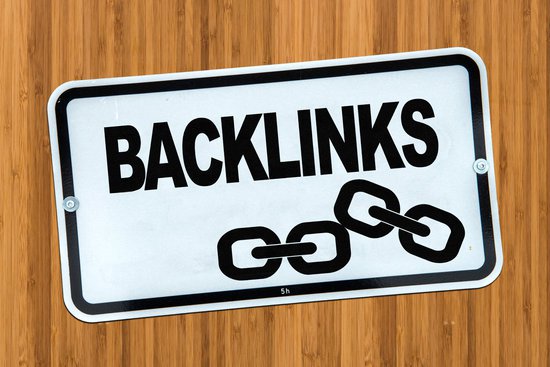
This is a good way to start. Think about your friends, relatives and all the contacts that write a blog or have a website. Ask them for in-content links and not for links which are displayed in the side bar or footer.
Make sure that the blog they write or the post content in which they link to you is relevant to your website’s content.
2) Build relationships

Start building relationships from niche related communities. These could be in the form of forums, groups or social blogs such as Link Building Experts Group on Facebook. Initiate, interact and build contacts.
You can take the first step by commenting and posting frequently, and giving contextual value to each discussion.
By taking active participation in these forums and groups, you will not only gain backlinks but also get to know about any news or updates from your industry.
3) Start a blog

Do not make a blog with one post or to generate one backlink. You need to keep your blog alive. Make blogs which are very specific to your niche and client’s needs.
This will enable other website owners of your niche to get relevant data, and they will end up giving your reference. Earn backlinks by tempting them with your on-point content.
4) List your site on trustworthy directories:
There are so many directories that provide no real value to the users and Google doesn’t really care about them. You do not want to list your website in those directories.
But not all online directories are useless. A trusted online directory that provides useful information and also works as a link to your website can be very good for your SEO.
Niche specific directories will help both Google and the users to understand or crawl your website better.
5) Discover competitor’s common backlinks
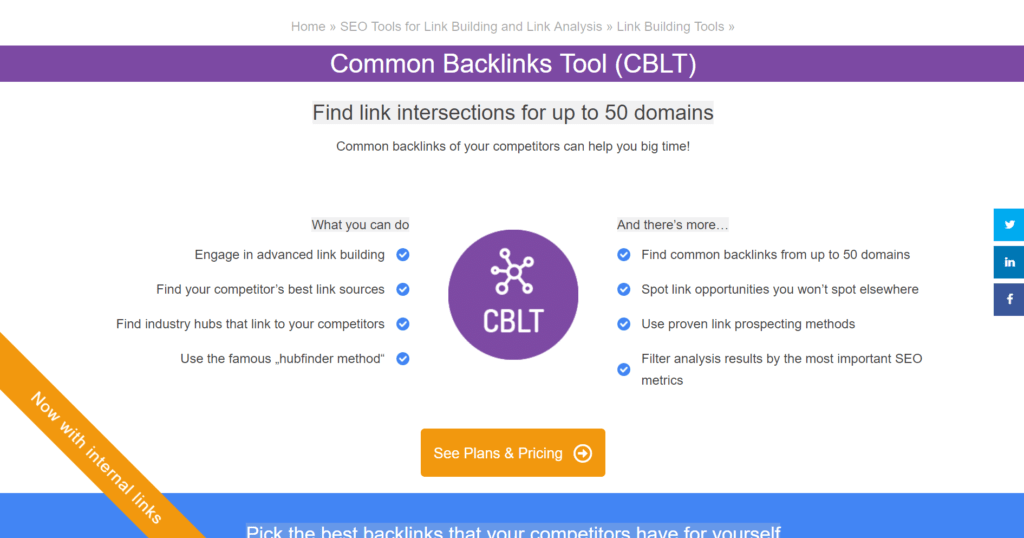
If you do some research of your competitors, you will probably find that they have some backlink sources in common. You could follow the same trend. You can check this on places like the Common Backlinks Tool (CBLT).
6) Recover your dead backlinks
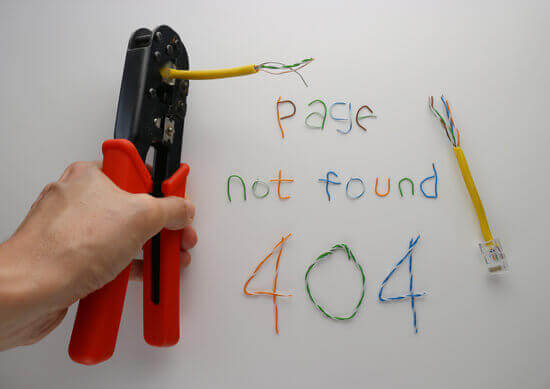
Broken links take place when the location of your webpage changes or if someone has misspelled your link. In such cases they will return a 404 error. Such issues will commonly occur after a site is re-launched or migrated.
You can’t determine all your backlinks easily. You may not want to go and check each and every link. So you can use a tool that will help you fetch broken links and correct them. You can use Link Juice Recovery Tool.
7) Turn your mentions
If bloggers or website owners have already mentioned you, which means that they have already credited you for your content, you can try converting them into backlinks. But wait, how will you determine who has mentioned your brand? You can use Backlink Profiler, a great tool for finding mentions that look like links. But to find brand mentions that don’t look like URLs will take a little more digging.
You can also use and monitor mentions by using SERP research tool. These tools will help you find mentions and you can easily earn more backlinks.
Conclusion:
Link building still remains the primary cornerstone for any SEO strategy. For link building – just be creative and experiment with it. Do not hype it out of proportions, but do not take it for granted either. If it seems very complicated, you could always hire a team, agency or freelancer for link building.
About the Author:
Tanushri Saxena is pursuing her MBA from GLS, Ahmedabad. Currently, she is interning as a content writer at WebKow. She enjoys an occasional cup of coffee and is an avid Game of Thrones fan.





Leave a Reply
You must be logged in to post a comment.